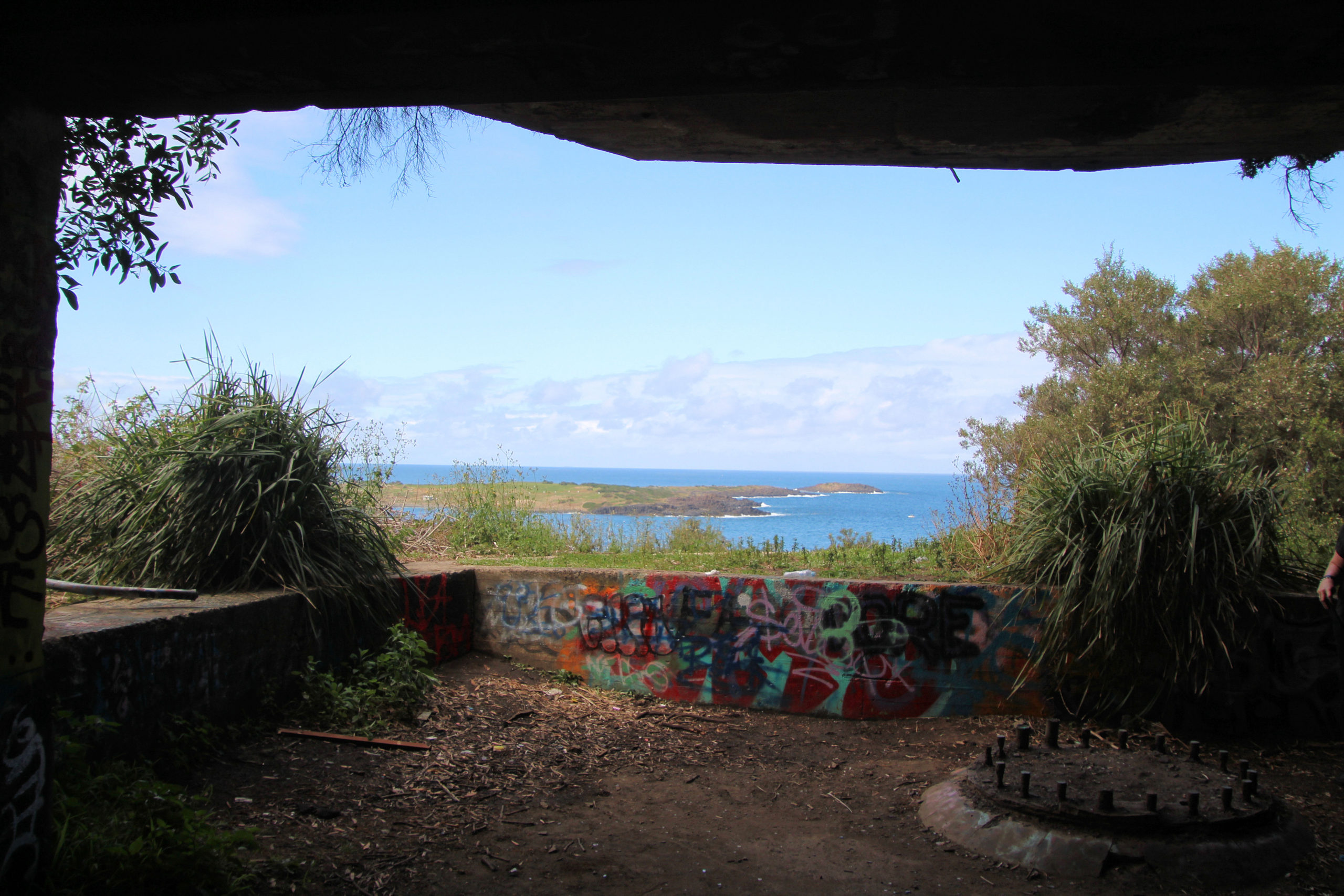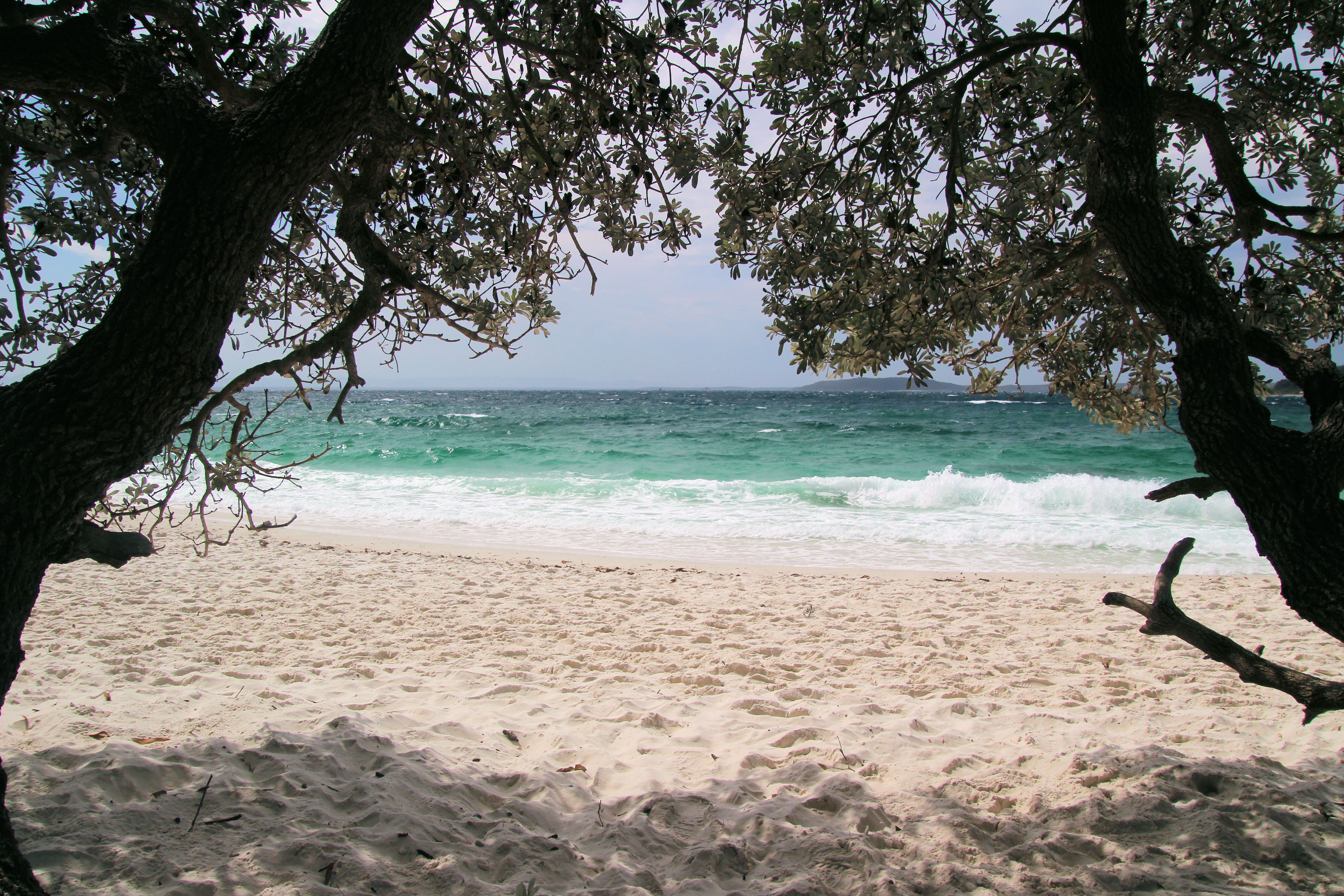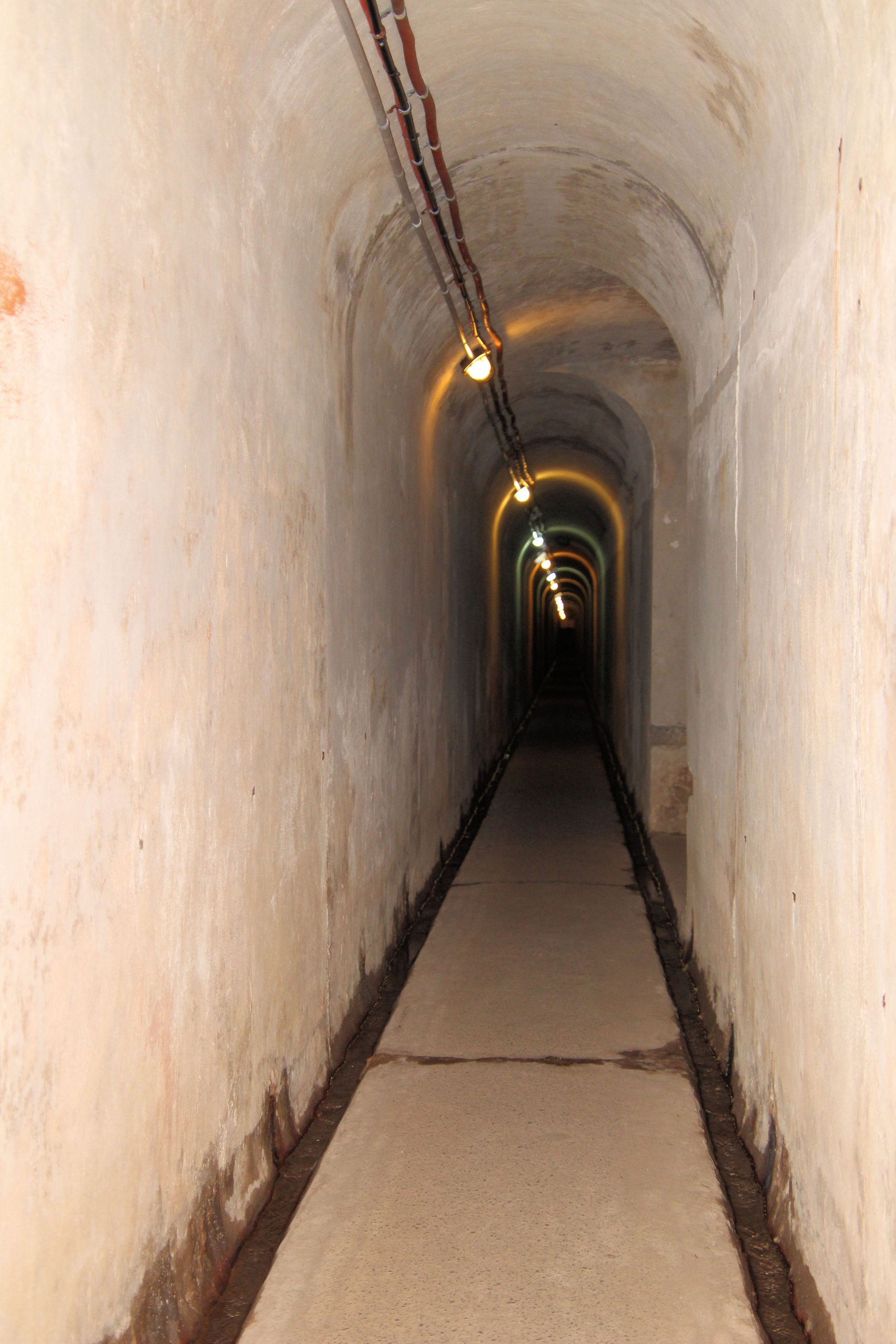Category: Ruin
Ruin
-
Illowra Hill 60 Battery Port Kembla

Illowra Hill 60 Battery Today the Illowra Hill 60 Battery gives fantastic views over the Illawarra Coastline, however, in World War Two it was the front line of defence for the region. With an observation post on top of the hill, the two guns placed below had commanding views of fire to defend Port Kembla… Read more
-
Jervis Bay

Jervis Bay Located a three-hour drive south of Sydney, Jervis Bay is one of Australia’s most popular holiday destinations. The abundance of white sandy beaches, bush and accommodation makes it a great place to enjoy a relaxing break. With two national parks, there’s plenty of places for nature lovers to explore. Beecroft Peninsula Forming the… Read more
-
North Head Sanctuary and Tunnels

North Head Operated by Sydney Harbour Trust, North Head is an ex-army heritage listed site. Staffed by volunteers, the Visitor Centre is an ideal point to start your exploration of the area as they can provide you with an overview of what’s available. Our visit on a Sunday corresponded to the day that a guided… Read more